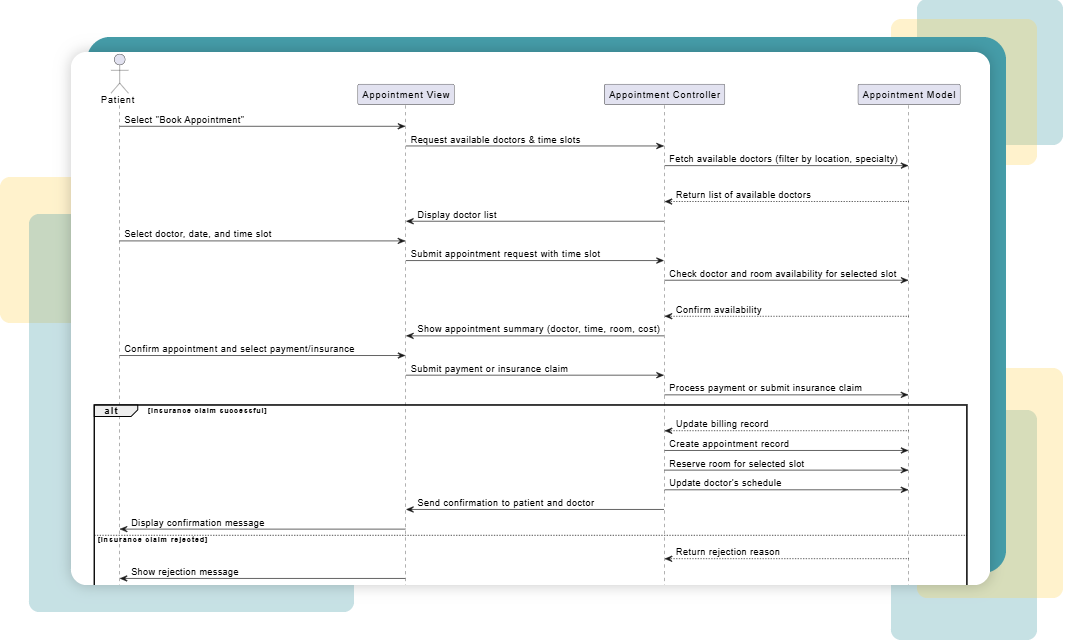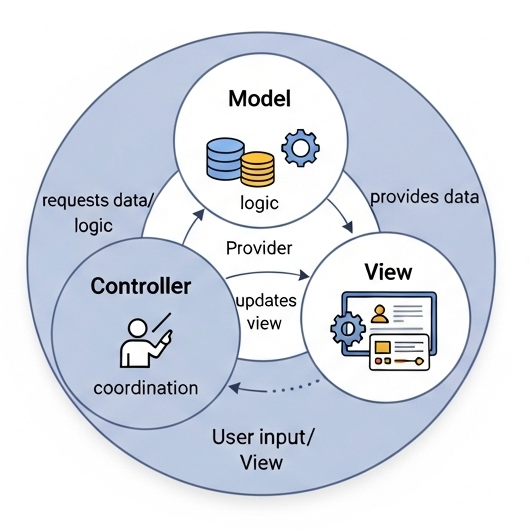Now Reading: The Role of Sequence Diagrams in MVC Architecture Design | AI Refinement Tool
-
01
The Role of Sequence Diagrams in MVC Architecture Design | AI Refinement Tool
The Role of Sequence Diagrams in MVC Architecture Design | AI Refinement Tool
Sequence diagrams play a vital role in translating user interactions into structured system architecture. By showing the flow of messages between actors and system components, they provide the missing link between scenario descriptions and the layered MVC (Model–View–Controller) design pattern.
Why Sequence Diagrams Matter in Software Design
A sequence diagram illustrates how different parts of a system collaborate to complete a task. Unlike static diagrams, it emphasizes time-ordered interactions, making it easier to see:
- Which components are involved
- How responsibilities are distributed
- The exact flow of control and data
This level of detail is particularly valuable when aiming to structure systems using MVC, where clear separation of concerns is essential.

Connecting User Scenarios to MVC Components
The MVC pattern divides applications into three core layers:
- Model – data management and business logic
- View – user interface and presentation elements
- Controller – coordination between the model and view
Sequence diagrams help map user scenarios into this layered design. For example, in an Online Shopping Checkout process:
- View objects may include ShoppingCartPage and PaymentForm
- Controller components may handle CheckoutController logic
- Model components may manage OrderProcessor and PaymentGateway
This mapping ensures that what starts as a user-driven scenario aligns neatly with architectural boundaries.

Connecting User Scenarios to MVC Components
- Improved Consistency: Every user scenario has a clear architectural mapping.
- Separation of Concerns; Visualizes how data handling, UI, and control logic remain distinct.
- Scalable Design: Easier to extend or update components without breaking the flow.
- Collaboration Friendly: Both technical and non-technical stakeholders can follow the logic.
Bridging Conceptual Models and Architecture with AI
Traditionally, mapping sequence diagrams to MVC design requires significant manual effort and time. The Sequence Diagram Refinement Tool automates this bridge:
- Decomposition – AI identifies view objects, model objects, and controllers from your sequence diagram.
- Refinement – AI generates a detailed sequence diagram that reflects MVC roles and interactions more explicitly.
This iterative process transforms high-level conceptual models into implementation-ready architecture diagrams without losing clarity or accuracy.

